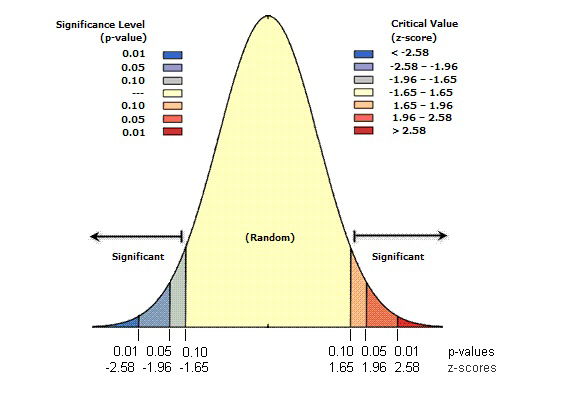

In agreement with the other comments, this is indeed a very dense diagram, specifically the right-side. Focusing on that some more, my chief concern is that this novel triangle representation is very easy to misread.
Let’s take the dot in the middle which has the arrow with “10M”. What would you say the car percentage for that dot is? The axis along the bottom of the triangle is labeled 0 to 100%, and the dot is just to the right of the 50% demarcation. So maybe 52% or 55% seems reasonable, yeah?
But the axis is deceiving: notice how the demarcation are all slanted at the bottom. The dot is actually representing about 42%, since although the axis is marked horizontally, the line which is 50% slopes north-east rather than straight up. You can see the 50% number itself is actually rotated 60 degrees counter-clockwise.
The public transit axis on the left of the triangle has its demarcations tilted clockwise by 60 degrees as well. Only the active transport axis matches the conventional Y axis.
For that UI/UX reason alone, I wouldn’t endorse this as a “great” depiction of statistical data. If a diagram can – intentionally or not – be used to mislead a casual reader, it’s not one we should put up on a pedestal.
I also had a gripe about the successive colors not being consistent for each mode of transport, but that’s minor and easily corrected. The tilted axes may require some reworking though.

If a citation is going to point to any of the Stack Exchange Q&A pages, it is extremely important to specifically cite the exact post or answer, since – not dissimilar to Wikipedia – the quality, consistency, and biases of Stack Exchange answers is paramount for evaluating the information presented, especially factual data to be fed into an infographic.
I personally am intrigued at these $800 economy, ten-hour flights, as well as a total omission of freight cargo in the underbelly. As presented, this flight has 180 passengers and runs for ten hours. This would suggest it’s not a common narrow-body, either the Boeing 737 or an Airbus A320, as even their largest available configurations can’t fit 180 people in a 2 class setup, let alone a 3 class setup. It could possibly be the Airbus A321, though.
My point is that if it’s a widebody aircraft or the A321, not hauling cargo would be some staggering malfeasance for a commercial revenue airliner. But I can’t follow-up on any of these queries, since the sources aren’t properly cited.